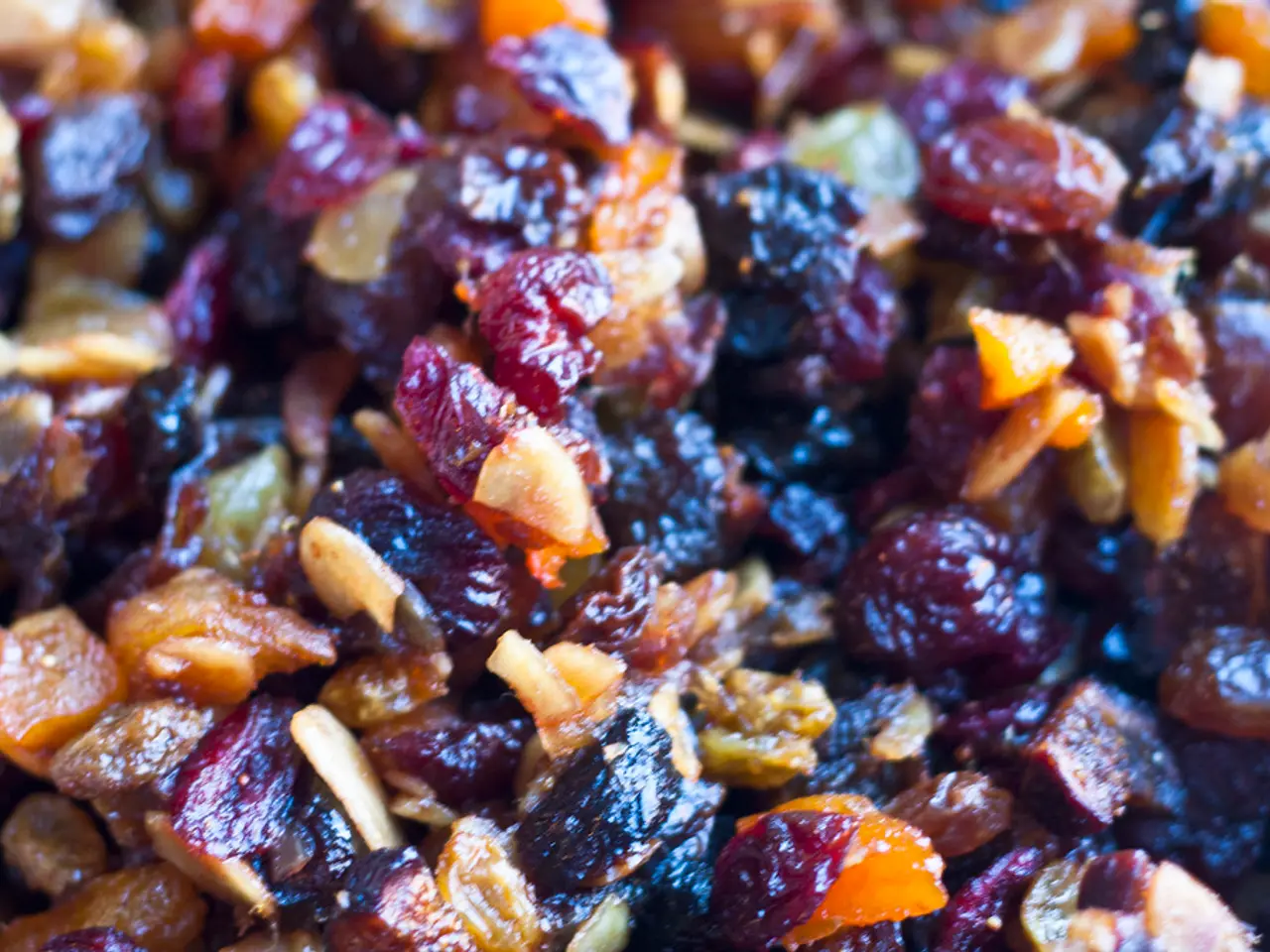Exploring the Suitability of a Purely Plant-Based Diet at Whole Foods Market
Whole foods, plant-based (WFPB) diets have gained popularity in recent years as more people seek healthier eating options. This dietary approach centers on consuming minimally processed, nutrient-dense plant foods such as vegetables, fruits, legumes, whole grains, nuts, and seeds.
A WFPB diet is low in saturated fat, free of cholesterol, and rich in fiber, vitamins, minerals, and antioxidants. It offers substantial health benefits, including a reduced risk of heart disease, hypertension, diabetes, digestive disease, colon and breast cancers, and obesity. Research shows that a plant-based diet can help lower body weight and reduce LDL, or "bad," cholesterol.
While a WFPB diet is similar to veganism, it is not the same. Veganism is a way of living that avoids using, consuming, or exploiting animals for ethical, environmental, or health reasons. In contrast, a WFPB diet may or may not exclude all animal products entirely, depending on individual choice. Some followers may occasionally include small amounts of dairy or eggs but prioritize whole plant foods.
To start a WFPB diet, one can begin by cutting out animal products one at a time, replacing milk and dairy products with plant-based alternatives, and replacing meat with plant proteins like legumes, beans, nuts, seeds, and vegan meat alternatives. It's important to plan the diet correctly to meet all protein, vitamin, and mineral needs and avoid developing a nutritional deficiency.
Meeting with a primary care doctor or a dietitian at least once a year to have labs measured to assess for any deficiency is recommended when following a WFPB diet. To get enough zinc, iron, and vitamin B12, one can eat whole grains, beans, tofu, fortified cereals for zinc and iron, and nutritional yeast and soy products for vitamin B12.
Breakfast options on a WFPB diet can include steel-cut oats, nuts, fresh berries, pureed pumpkin, and ground flaxseed. A veggie burrito with a whole-grain tortilla, vegan refried beans, mixed greens, tomatoes, peppers, onions, nutritional yeast, and corn tortilla chips can be a delicious lunch option. Dinner ideas might include a tofu stir-fry with brown rice and vegetables sautéed in vegetable broth or olive, canola, sesame, or peanut oil.
A dessert option on a WFPB diet can be a sorbet topped with a tropical fruit salad of mango, pineapple, and melon. Snack options include natural peanut butter, dairy-free yogurt or kefir, and a variety of nuts and seeds.
In summary, a WFPB diet prioritizes unprocessed plant foods, may be less restrictive regarding animal products, and focuses strongly on food quality and health outcomes. It offers numerous health benefits and can be a satisfying and enjoyable way to eat for those seeking a healthier lifestyle.
This WFPB diet, rooted in health and wellness, emphasizes food quality and promotes numerous health benefits, such as reduced risks of heart disease, hypertension, diabetes, various cancers, and obesity. Following this diet carefully, one might meet annual check-ups with a primary care doctor or dietitian to assess for potential nutritional deficiencies, such as zinc, iron, and vitamin B12, and learn appropriate food sources like whole grains, beans, fortified cereals, nutritional yeast, and soy products. An example of a satisfying WFPB breakfast could be steel-cut oats, nuts, fresh berries, pureed pumpkin, and ground flixseed, while a delicious lunch option could be a veggie burrito with whole-grain tortilla, vegan refried beans, mixed greens, tomatoes, peppers, onions, and nutritional yeast. Similarly, dinner could be a tofu stir-fry with brown rice and vegetables sautéed in vegetable broth or oil, and dessert a sorbet topped with a tropical fruit salad of mango, pineapple, and melon. Overall, the WFPB diet is a science-backed, enjoyable, and less restrictive approach to food that prioritizes health outcomes.






